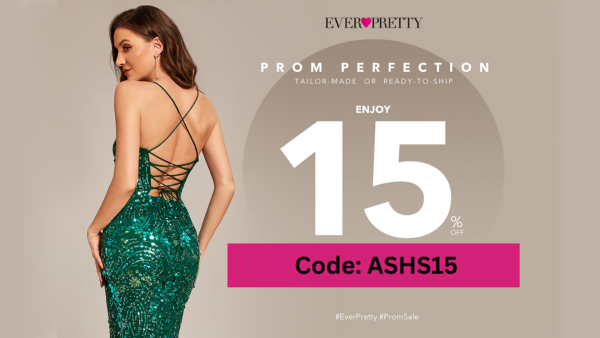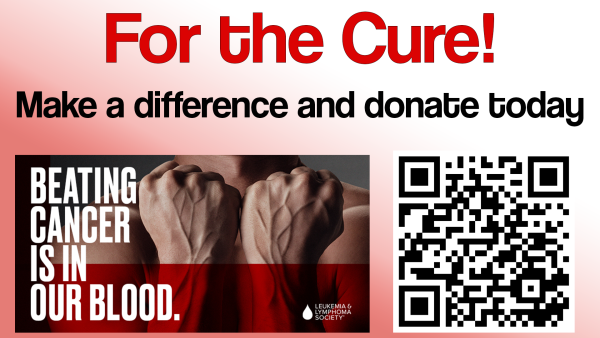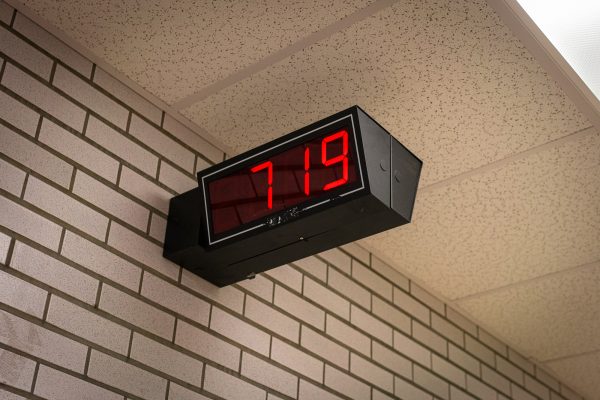The Real Info Wars
How heavily do news biases shape our opinions?
December 3, 2018
In today’s polarized political climate, most of us would agree that quite a few of the news sources we choose to read contain some partisan leaning, potentially having power to shape how we view certain events or topics. Ordinarily, those of us with sound political opinions tend to only absorb ourselves in information presented to us in a way that we’d most likely agree with, rarely acknowledging the biases of “the other side.” So, we took it upon ourselves to read and watch news from three sources that we don’t typically agree with, in order to figure out what kind of opinions and ideas could form from our more balanced outlooks on current issues.
Anjana: I would describe myself as a pretty standard Democrat, and I usually use The New York Times and MSNBC apps on my phone. For this article, I read The Washington Times, Fox News, and Breitbart–sites that lean conservative.
Fox News: A video under the politics section of the website featured information about the Mississippi Senate race. GOP candidate (and winner) Cindy Hyde-Smith made controversial remarks about the state’s Confederate history, and led many to believe she upheld racist views. Fox News’s headline read “Critics slam Hyde-Smith as a white supremacist and racist,” saying that she was “plagued by allegations of racism.” By watching the video, I heard about her response to “critics” of her earlier statements that I didn’t catch from my usual news sources. It seems like crucial bits of information are being left out of the news in a broader effort to give a desired spin on a story.
Breitbart: Although it’s not primarily a news site, Breitbart does feature quite a lot on current events. After reading a few articles, it struck me as a very alt-right source. An article titled “Obama Suggests Trump Has ‘Racism’ and ‘Mommy Issues’” refers to Chicago as a place where “nothing is stopping [Democrats] from realizing their political goals, and, as a result, Chicago is a nearly bankrupt war zone.” To me, that seems like an extreme exaggeration for a news story, considering Chicago is the third largest city in the US. It’s also stated that Obama has a “cynical view of humanity” and calls everyone that doesn’t agree with him “backwards,” which are some of the most partisan insertions to a news story I’ve ever read.
Washington Times: “Reliable Reporting. The Right Opinion” is the subheading of the site. I think it’s pretty bold that The Washington Times would mention their right-leaning bias so explicitly. There is even an “investigations” category with a drop-down menu of “waste, fraud, and abuse” and “media spotlight.” Most articles primarily feature Republican successes and Democratic downfalls, and news headlines do have a conservative slant to them (“Jim Acosta’s Press Pass Restored With a Warning Not To Misbehave”). I didn’t find any real misinformation problems with the way the site reported news, and it seems less right-wing than Fox and Breitbart.
Michael: Compared to Anjana, I typically lean more conservative, especially when it comes to economics. My normal news sources typically lean conservative, but I try to read a wide range of sources. My go-to website or app is Google News, which for every story gives you multiple sources. However, when presented with the sources, I will usually pick the conservative choice, whether that be The Economist or Fox. While reading the three liberal sources, it was sometimes laughable on how different Buzzfeed’s headline was compared to Fox’s.
Huffington Post: The Huffington Post was the most centrist and the least infuriating source to me. While there was a perceivable bias, there weren’t a lot of “click bait” articles. The one thing that I noted was the persistent argument that even the Republicans don’t like Trump. Articles such as “Republicans Sink Trump Judicial Nominee Hostile To Black Voters’ Rights” appeared with incredible frequency. It made me laugh a little, as Fox News puts a great deal of effort into painting the Democrat Party as a broken mess. Whether it’s the divide over Nancy Pelosi or Hillary Clinton running for president, the Democratic Party is a grim sight in the eyes of Fox. The Huffington Post was the counter to this, painting the Republican Party as a broken party.
Buzzfeed: This was probably the hardest source to read. I would not be surprised if half of Buzzfeed’s staff was dedicated to finding things to be “woke” over. An example of this would be the White House’s Christmas Decorations. This year, Melania Trump posted a video on her Twitter of the White House all fancied up for the holiday season. In one scene, there was a hallway filled with red Christmas trees. Whether you thought they looked nice or not, they were just a holiday decoration. However, BuzzFeed, in their never-ending quest to act like social justice warriors, painted the trees as a symbol for the blood of Melania’s enemies. The fact that they tried to turn a Christmas decoration into a political scandal is why I don’t read BuzzFeed
Palmer Report: The Palmer Report was the liberal equivalent of Breitbart. However, whereas Breitbart has a staff of reporters, every article on the Palmer report was written by Bill Palmer. Articles like “Did Donald Trump step on a rake?” were frequent on the website. In fact, the article had nothing to do with a rake. Palmer started the article by ranting about Trump’s tweets indicating doubt on climate change. Palmer then thinks out loud and eventually comes to the conclusion that Trump doesn’t believe in climate change because he must have stepped on a rake this fall, causing him to become stupid. To me, the Palmer report was less of a news source and more of a blog.
On the whole, we came to realize in our experiment that because of the biases of most news sources, certain facts are omitted to push a narrative, leaving the reader ill-informed. It seemed like sometimes, things were just said to anger the other side and prove the opinions of a writer. That being said, our experiment has taught us that looking at news sources from both sides of the political spectrum–however biased the sources may be–would allow a reader to make their own informed decisions by evaluating what each side has to say on a certain issue.















